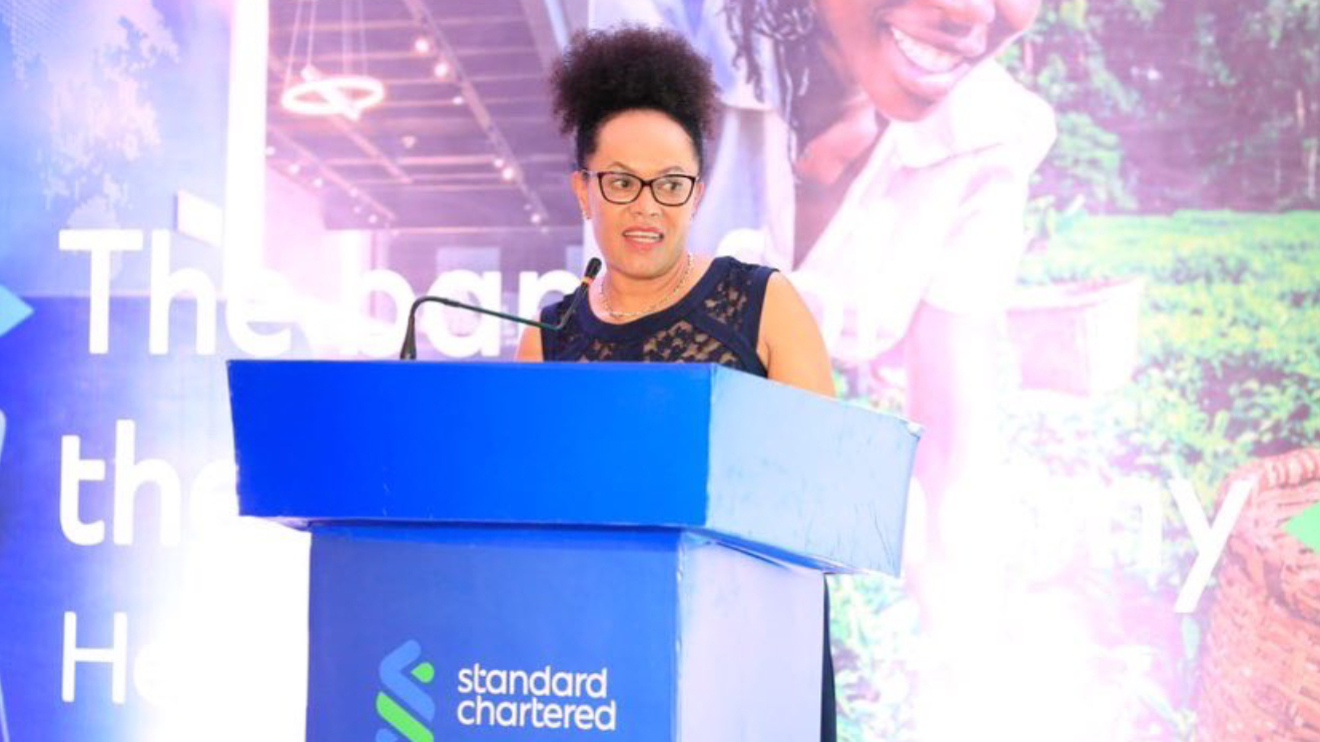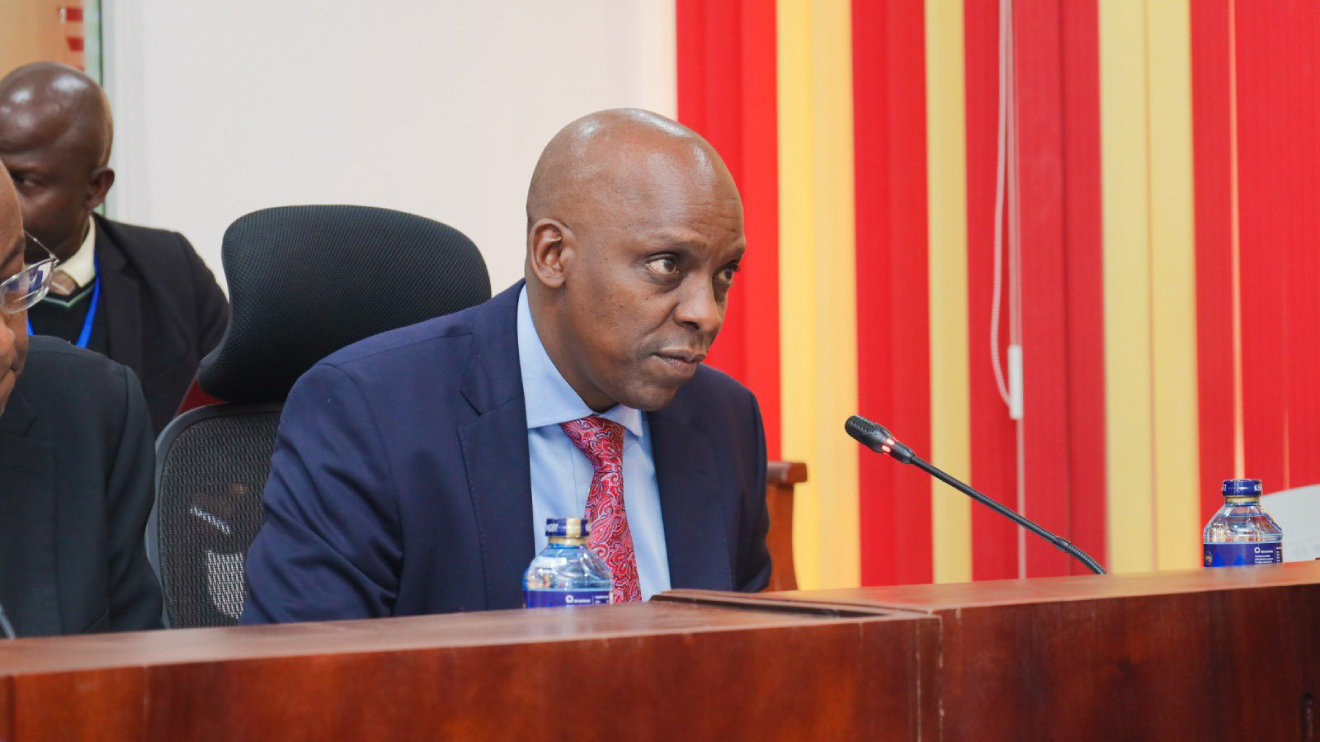Stanbic Bank reported a Sh3.3 billion profit after tax for the quarter ending March 31, 2025.
Net interest income grew by 5 per cent, supported by increased income from customer lending and government securities.
The loan book rose by 6 per cent from December 2024, outperforming private sector credit growth, which stood at 0.2 per cent.
The deposit book expanded by 5 per cent over the same period. Interest expense on customer deposits declined by 25 per cent as the cost of funding dropped.
The bank recorded a credit loss ratio of 1.19 per cent and a 10 per cent rise in customer numbers, boosting transaction volumes and fee and commission income.
Read More
Stanbic’s share price rose 28 per cent year-on-year, while market capitalisation increased by 26 per cent to Sh63.9 billion as of March 31, 2025.
Net interest margin reached 6 per cent, though the cost-to-income ratio rose due to prior year base effects on expenses.
According to Stanbic Bank Kenya and South Sudan’s CEO Dr Joshua Oigara, the bank’s Q1 performance proves its ability to stay agile even as local and global headwinds challenge the financial sector.
“Our Q1 2025 results reflect the dynamic shifts within our operating environment, shaped by both local and global economic headwinds," Oigara said.
"We continue to assess these market dynamics and respond appropriately, leveraging our robust strategies and operational flexibility to maintain a strong foundation for future growth."
Stanbic'sChief Financial and Value Officer Dennis Musau stated that Stanbic’s net interest margin had risen to 6 per cent due to optimised funding costs, though the cost-to-income ratio increased because of prior year expense base effects, which are expected to normalise in the coming periods.
"Our net interest margin increased to 6 per cent on optimized costs of funding while our cost to income ratio increased as a result of prior year base effects on expenses which we expect to normalize in the subsequent periods," Musau stated.
By March 2025, Stanbic had disbursed Sh8.14 billion to SMEs, with Sh1.7 billion directed to businesses in the Africa-China corridor.
The bank reduced its base lending rates by a cumulative 180 basis points, while its blended rate declined by 480 basis points over the past six months.

 (1)-1691667756.jpg)






